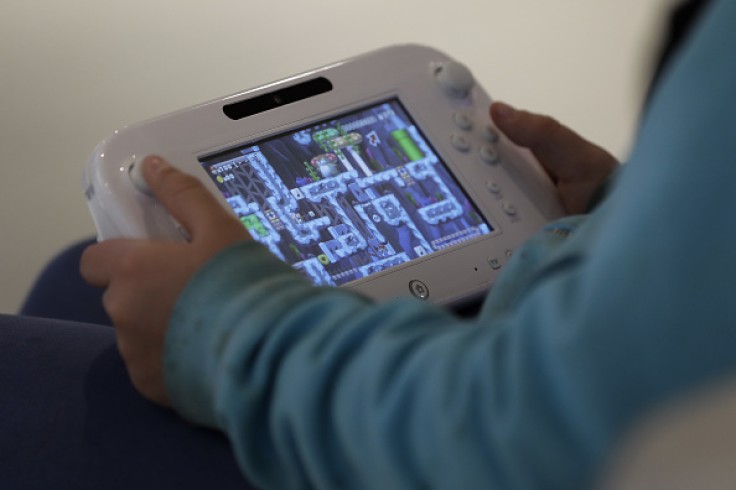The time for older generation consoles is coming to an end, and while it is expected, it's still sad to see support for the units get shut down. Nintendo has ended support for many of its consoles over the years, and this is the Wii U's year for that.

No More Repairs for the Wii U
The Wii U is not a particularly popular console among all of Nintendo's releases. It only sold 13.5 million units compared to the latest-generation console, the Switch, which sold more than 141 million units worldwide. With the Wii U being almost 12 years old, repairs are no longer an option.
The company has officially announced the end of its repairs, even providing an early warning for users back in May. "The period for retaining repair parts as stipulated in the repair service regulations has expired, so as soon as the current stock of parts is depleted, repair services will end."
It looks like repair parts have already run out as the Wii U is no longer eligible for repairs, as mentioned in Engadget. Even with third-party repair shops, owners might find that the console has rare components that cannot be easily repaired.
The Wii U has a Gamepad with a built-in 6.2-inch touchscreen, and its bulky build sets it apart from the newer handheld consoles you can purchase today. Even with a 2012 release, it already had the feature that allows you to connect it to a TV.
Even without the early notice in May, this was already expected to happen since Nintendo already announced that it would just down its online services for the Wii U back in January, and it took effect by April 8th.
Players will still be able to download updates and previously purchased games, but online co-op play, leaderboards, and data distribution are no longer accessible. With the discontinuation of online servers and repairs, the console will have a more limited lifespan than ever.
On To New Handhelds
With the success of the Nintendo Switch, it doesn't come as a surprise that the video game giant will follow it up with a successor, which is still currently called Switch 2 for the lack of an official name from Nintendo.
The console is expected to be announced by March 2025, but other than that, there's not much to know about when it will actually be released. Even with the specs, fans of the console can only rely on rumors and reported leaks since Nintendo has yet to announce anything at all.
One rumor from YouTube content creator Paul Eccleston said that the Switch successor would feature an eight-core Cortex-A78AE processor, 8GB of RAM, and 64GB of internal eMMC storage, according to Tech Radar, which will be an obvious upgrade from the current-gen switch.
It might also have an improved battery life, a 120 Hz refresh rate, and a 7-inch OLED display. It does contradict other rumors that have surfaced, which say that the successor would instead feature an LED screen to cut down on costs.









